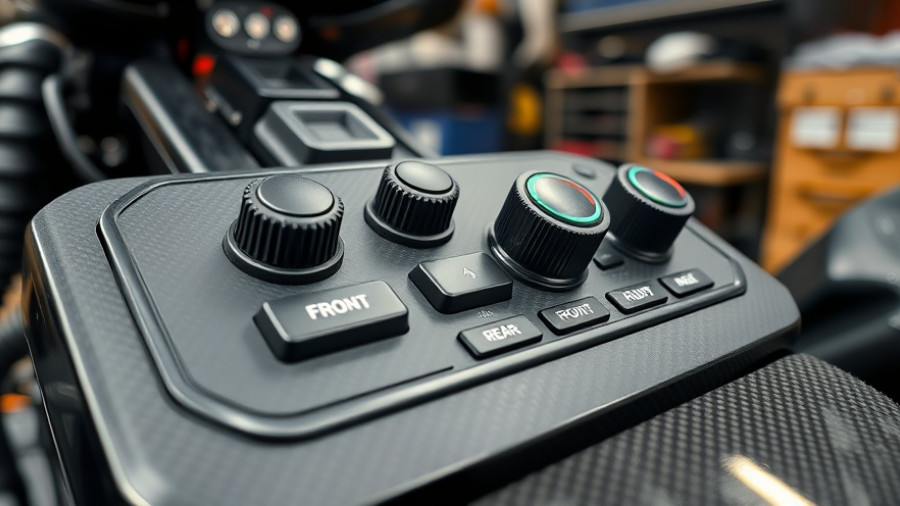
Unlocking the Secrets of Suspension Performance
Did you know that a staggering 70% of a vehicle's suspension performance is linked to one crucial factor? According to Josh Coote from MCA Suspension, the damper valving—rather than just spring rates or shock brands—holds the key to how well your car handles. In this analysis, we’ll delve into the three essential elements that make up the suspension system: travel, springs, and valving.
Understanding the Mechanics: Travel, Springs, and Valving
First, let's discuss travel. The distance a wheel can move up and down crucially affects how a car reacts on the road. Alongside travel, the springs provide the initial support and cushioning necessary for a comfortable ride. However, the most significant player here is valving. Valves control oil flow through the damper, effectively shaping the car’s behavior under various conditions.
Coote emphasizes the importance of understanding how shim stacks within the damper operate. These shim stacks are adjustable and critical in controlling oil flow, directly impacting how quickly a vehicle can rebound or compress during maneuvers. For enthusiasts, tuning these elements can feel akin to tailoring a suit—small adjustments can lead to a dramatically improved fit.
The Difference Between Real-World Testing and Dyno Results
Yet, one of the most enlightening insights Coote offers is the discrepancy between suspension dyno testing and real-world performance. A dyno can measure many variables, but it often fails to replicate the dynamic conditions experienced on the track or road. Real-world testing is essential for confident car setup—learning how your machine responds to actual conditions will give you a more accurate picture of its performance capabilities.
When to Revalve Your Shocks: Timing is Key
For car enthusiasts planning upgrades or those focused on perfecting their ride, knowing when to revalve is critical. Coote outlines a method to decide if it's time for a revalve, ensuring you don’t overspend. Factors such as frequent changes in driving habits or upgrading components could warrant a reevaluation of your suspension settings.
Practical Application: Tailoring Setup for Different Sports
Finally, different driving styles—such as drift, drag, or circuit racing—each demand unique suspension setups. The valving can drastically differ between these applications, calling for distinct tuning methods to optimize performance. By understanding these nuances, drivers can achieve exact control and confidence, no matter the driving scenario.
In summary, understanding suspension performance is essential for car enthusiasts and professionals alike. By focusing on the fundamentals—travel, springs, and valving—you can harness the true potential of your vehicle.
 Add Row
Add Row  Add
Add 




Write A Comment